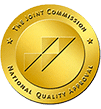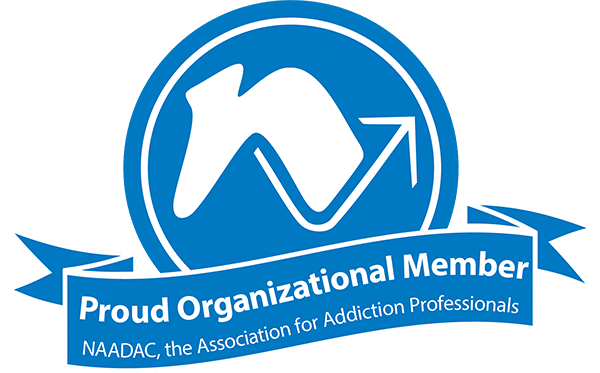In life, we all say we have something we want to change in our lives. For instance:
- “I want to become a better person”
- “I want to lead a healthier life”
- “My goal is to repair my relationships”
- “I’m trying to limit the amount of times I hit the snooze button”
But, it’s one thing to want change and another to actually change.
Every year, I make a verbal commitment to do something different. I genuinely want the change. But despite wanting to change, we often fail. Why?
Why Do We Struggle with Change?
Throughout our lives, starting in childhood, we learn behaviors and skills that we use to get our personal needs met. These behaviors become habitual and automatic responses. Once we begin to sense that the behavior or thought is no longer working for us; whether on our own or through the suggestions of others, we start thinking about change.
For example, if we learned in childhood that sharing our feelings and thoughts can make others upset and/or create feelings of fear due to someone else’s response – we may have realized that hiding our true thoughts and feelings could allow us to avoid conflict, judgment, and potential rejection.
More on How to Overcome Challenging Situations
Consequences of Avoiding Change
Despite the initial pleasant outcome that can come from avoiding these consequences, low self worth and feeling “less than” can ultimately result from not feeling that one’s own feelings, thoughts, and needs are important to others. It often only increases your own fear of what people would think if they knew what was really going on inside you.
This fear keeps us using the same behavior of hiding our true selves for a very long time. As we begin to sense that our needs aren’t being met or potentially when others point out that behaviors are causing us problems, we decide that we need to do something different. Problems may include issues in our relationships, jobs, maybe even substance use. At this point, we realize that we want a change that will increase positive outcomes such as feeling understood, feeling trusted, healthy relationships and reduced financial and legal issues.
But, change is hard…
And, every time we try to change and fail to maintain the change, our self-worth can be affected. We may tell ourselves things like “I just can’t do anything right.” After several failures to change the same behavior, we may lose hope that the change is even possible for us. Recognizing that these “failures” have a positive lesson to be learned and if utilized are one step closer to creating long lasting change.
We offer an array of addiction treatment services & therapies
Learn About Our ProgramsWhat Is the Key to Change?
A key to change is having a good plan. Many times people skip the planning stage and go straight to trying to change. But, as the saying goes… if you fail to plan, you plan to fail. Failing or relapsing to old behaviors is more likely to happen if you aren’t prepared for potential setbacks or triggers. A good plan takes into account how to cope with the potential negative consequences of the change, as well as how we will meet our needs that will no longer be met by the old behavior. Using the example above concerning hiding one’s true feelings and thoughts, not allowing someone to know your thoughts and feelings does in fact reduce the potential negative consequence for the person to judge you and can indeed decrease the anxiety that results from the fear of judgment. However, a good plan would account for how one will tolerate the potential anxiety in a positive way as well as how to manage hurt feelings if the person they share with does indeed judge them.
Most, if not all, behaviors have some sort of either real or perceived positive consequences along with the negative consequences. If the current behavior wasn’t meeting at least some real or perceived need for us, we would have changed long before the moment we decided to change.
For example, although drugs and alcohol have numerous negative consequences, many people continue to use substances as a coping skill to negative situations at the moment. Someone may abuse heroin to have a sense of relief from extreme anxiety. Although they may in fact reduce anxiety in the moment, the use of heroin can cause extreme negative consequences such as legal, financial, and relational issues that continue long past the use of heroin. There is a short term gain despite long term negative consequences. If there wasn’t a short term gain, people wouldn’t continue to use substances as a coping skill.
How Do I Plan for Change?
Here are some tips to plan for change:
- Make sure your plans for change are realistic and achievable.
- What works for one person, may not work for another. Plans should be individualized, gather information and identify steps that will work for you.
- Be a detective on self; try out new skills, continuously monitor and adjust based on what is working.
- Take a leap back in time, identify what has worked for you and what has not.
- Start out with small steps to change. As you gain confidence in achieving the small steps, larger steps can be implemented into the plan.
- Build a support team. Not only will this help you hold yourself accountable, but it can also provide you with a team of cheerleaders when times are tough.
- Commit! Once you work out a solid plan, truly commit to the steps you have decided upon that will aid you in your change.
How To Maintain Positive Change
After determining a specific goal and creating an individualized plan, a person can begin taking the first steps toward change. As they follow their plan, change begins to occur.
Once the person seeking change is able to successfully avoid returning to the old behavior, the goal is to maintain the change. Just because someone has been successful at not returning to an old behavior, it does not mean that they do not have thoughts of returning to the old behavior. People in the maintenance portion of change must remain mindful and be consciously reframing situations, planning for situations that could trigger a relapse to the old behavior, and acquiring and practicing new skills until these new skills are their new habits.
For example, when a person in recovery from addiction has a routine that involves attending daily support group meetings after treatment, this plan supports their goal. However, they need to reduce their attendance at these meetings to three times per week due to work, family, or other outside obligations, they need to make other adjustments in their schedule to ensure they remain accountable to themselves and their goals. One way to do this would be looking up other support groups with times that fit their schedule. That way, they can still receive the care and support they need to keep them feeling grounded for the rest of the day. Alternatively, the person could replace the missed meeting by utilizing their breaks at work to call their sponsor and practice 5 minutes of deep breathing and meditation.
How To Avoid Backsliding
It’s crucial to understand that change is a process and not just a one-time event. Even when we feel like we have successfully changed, there will always be times where we are tempted to go back to our old ways. Being aware of these potential triggers and having a plan in place for how to handle them can greatly increase our chances of maintaining the positive changes we have made.
Although relapses may occur, this does not mean the person should give up. All that it means is that their plan needs to be reworked to include the new knowledge they’ve gain about themselves, their triggers, and their needs.
Ready, Set, Go Change Your Life!
Change can be positive, life changing and exciting. On the other hand; change can be scary, stressful and difficult. Change is a process. Be gentle with yourself. While change is hard, it is possible. Bottom line, it change is not simple. I’m often reminded of the quote: “Nothing worthwhile ever comes easy.” But that’s just it, change is worthwhile. It can lead to personal growth, new opportunities and a happier life.
As you continue on your journey of change, it’s important to acknowledge that there will be moments where you may slip back into old habits or ways of thinking. This is normal and does not mean that you have failed or are not making progress. Change takes time and effort, so be patient with yourself.
Remember to be kind to yourself and celebrate your successes along the way. Change can be challenging, but it also brings about incredible growth and opportunities for a better life. So keep pushing forward and know that you are capable of achieving anything you set your mind to. Embrace change and embrace all the amazing things it can bring into your life.
Changing Your Life at Footprints to Recovery
If you are looking to change your life and start down the road to recovery, Footprints to Recovery can help. Our team of compassionate and experienced professionals can provide you with the support, resources, and guidance you need to make lasting changes in your life. We offer a range of treatment options tailored to fit your individual needs, including therapy, counseling, and other support services.
At Footprints to Recovery, we understand that change is not always easy and can be overwhelming at times. That’s why we provide a safe and comfortable environment for our clients to explore their feelings and work towards healing. Our goal is to empower you on your journey towards a happier, healthier life. To learn more about how Footprints can help you change your life for the better, contact us today!









